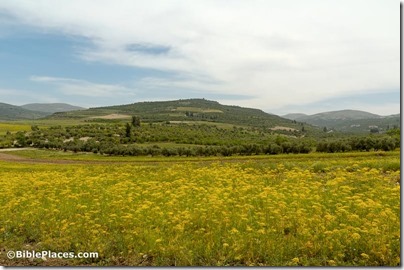(Post by A.D. Riddle)
Here are some upcoming lectures in the Chicago area. All lectures are free and open to the public.
Wednesday, September 2, 7:00 pm
Josef Wegner (University of Pennsylvania), “The Pharaohs of Anubis-Mountain: Archaeological Investigations of a Royal Necropolis at Abydos.” The lecture will be given at the Oriental Institute of the University of Chicago. Before the lecture, you can take a docent-led tour of the Oriental Institute Museum. Free registration (recommended) and additional information can be found
here.
Recent excavations at Abydos in Upper Egypt have revealed an extensive royal necropolis beside a sacred peak: Anubis-Mountain. Here a series of tombs spanning Egypt’s late Middle Kingdom (ca. 1850-1650 BCE) and Second Intermediate Period (ca. 1650-1550 BCE) are helping to illuminate one of the most shadowy eras of Egyptian history. The lecture discusses the twelve royal tombs currently known at Anubis-Mountain, and the most recent results– the excavation in June this year of a tomb likely belonging to king Sobekhotep IV, as well as the discovery of the previously unknown pharaoh Senebkay.
Wednesday, September 9, 7:00 pm
John Walton (Wheaton College), “Cognitive-Environment Criticism and the Tower of Babel.” This is the opening lecture for this year’s “Archaeology Lecture Series” at Wheaton College. The lecture will be given in room BGC 534. Information can be found at the webpage
here.
Wednesday, September 16, 7:00 pm
Aaron Burke (UCLA), “Egyptian Imperialism in Canaan: The Case of Jaffa.” This is the second lecture in Wheaton’s 2015-2016 “Archaeology Lecture Series.” The lecture will be given in room BGC 534.
Thursday, September 17, 7:00 pm
Aaron Burke (UCLA), “The Amorites and Abraham’s World.” The lecture will be given as part of the Trinity Biblical and Ancient Near Eastern Archaeology Lecture Series, at Trinity Evangelical Divinity School in Deerfield, IL. It will be given in Hinkson Hall, Rodine Building. No registration required.
Well known in the Old Testament, recent historical, archaeological, and scientific studies have shed new light on the events and processes behind the formation of Amorite identity, providing a new understanding of Amorites during the transition between the third and second millennia B.C. This lecture will bring together these findings and suggest how these might inform our understandings of the biblical patriarchal narratives.


